ironguides Coach Shem Leong has some great advice on how to get your feet wet in the sport of triathlon.
Getting Started
Let’s face it, running all the time, especially with the limited choice of routes in Singapore, where I live, can get a little boring. Hands up who knows every crack in the pavement along East Coast Park and every tree root in MacRitchie reservoir?
As a runner armed with a decent level of fitness, you may be feeling curious (and confident) to see what these crazy triathletes are up to. After all, how hard can it be to dive into the sea for a little dip (750m), hop on a bike for a cruisey ride (20km) and finish up with little jog (5km)—just to say you’ve done a triathlon.
The largest barrier to entering a triathlon is swimming ability and fear of open water: these can be overcome by attending a weekly beginners’ swimming class to get your technique right. In Singapore, for example, there are also various open water swimming familiarization courses across the island.
Training
To start, aim for 1 session per week that approximates the race distance in each discipline (assuming your first triathlon is a Sprint or Olympic-distance event).
If you are a beginner swimmer, try to do 2 swims per week because swimming is the most technical (hardest to master) of the three disciplines and getting a firm foundation in good technique early on is time well spent.
Once you get settled into a routine, you can start adding a second session of each discipline into the week, starting with your weakest one first. The most important thing to know at this point is that you should mix it up!
Don’t repeat the same session twice in the week: don’t go for the same 6km run/1km swim/20 km bike twice in a week. I repeat, mix it up!
For example, one of your weekly runs can be longer and done at an easy pace (this builds endurance—the ability to last the distance) while the second run in the week can be shorter but run at a higher intensity or, even better, a short, sharp set of hill sprints or intervals to build raw power and speed. That way you are working both ends of the fitness spectrum, endurance and power, needed for endurance sports.
As another basic rule, don’t repeat the same discipline 2 days in a row. Follow up a bike/run session with a swim. That way you give your legs a rest while you work the upper body. Run the day after you bike as this will start to get your legs used to the demands of triathlon.
Balance
This is often the biggest challenge of our addictive sport. How do you manage training for the three disciplines (often up to 2 times per week per discipline) while juggling family, work and other life commitments?
1. Train smart – follow a generic beginners’ training program that has you on a simple task most days. Triathlon is a sport of consistency and doing a little bit every day is much better than squeezing in all your training over the weekend. By following a program, you will know what each session is supposed to achieve and do not waste time on “junk miles”.
2. Bike at home – using a bike trainer (a device that transforms your everyday bike into a stationary spin bike) is a fantastic way to get stronger on the bike. It is much more convenient and takes less time than suiting up for a ride on the road, and you can do this at home while working up a killer sweat. Again, learning how to maximize the time on the trainer by doing intervals is the way to go.
3. Do short sessions frequently – by increasing the intensity of your sessions, in a controlled fashion, you can get a solid workout in any discipline done in 30 minutes.
4. Squeeze training into your daily routine – I have athletes that do their run training during lunch hour so their evenings are free for the family. Likewise, other athletes get their swim in while their kids are at the pool too for their swim class.
5. Brick sessions – combining two disciplines into one training session is a great stimulus. Run to the pool, get your swim set done, run back (you just completed a mini duathlon), or hop off your bike and head out for a short 15-minute run.
6. Most importantly, communicate with your partner and family – let them understand your motivation for doing triathlon and see the benefits of you leading a healthy and active lifestyle. Be flexible: learn to give back to them as much as your training takes you away from them.
Gear
All you need to get into the sport are a pair of goggles, a working bike in good condition, bike helmet and running shoes. Everything else is extra.
Triathlon can end up being an expensive hobby so, before you splash out on all the latest gear, just borrow a bike or buy one second-hand to begin training for your first race. As your confidence in bike handling grows and you understand more about bike fit you’ll eventually to start looking around for your first “proper” bike. Before that, even a mountain bike is good enough to complete your first race.
If you are new to cycling, a road bike is preferable to a triathlon-specific bike because triathlon bikes are trickier to balance and manoeuvre and they generally require a more precise fit.
The next big step in cycling would be to learn how to use cycling shoes with cleats that clip into your bike pedals. These make your pedal stroke much more efficient as they enable you to apply power throughout the 360 degrees of a pedal stroke instead of just “mashing down” if you were on normal trainers. A few sessions in a car park or on a grassy patch will teach you how to get used to riding clipped in.
Your first race
Deciding when you are ready to embark on your first race really depends on your current level of fitness. For example,are you a new runner looking to explore the wider multisport playing field, or are you a seasoned marathoner looking for the next big challenge?
It also depends on your swimming ability. You are at a big advantage if you are already able to swim reasonably well. Biking can be picked up quite quickly.
There is no need to jump right into a triathlon in order to experience the multisport lifestyle. If you can already swim and run but don’t own a bike yet, sign up for a biathlon (swim/run) for a taste. If you need half a year to learn how to swim, jump into a duathlon (run/bike/run) in the meantime to pick up valuable race experience.
The Golden Rule for everyone’s first triathlon at any distance (be it a sprint or an Ironman) is to complete it with a smile on your face. As a newcomer to the sport, you will not know what to expect on race day so just relax and enjoy every second. After all, it’s been scientifically proven that you excel the most at what you enjoy doing!
Enjoy your training.
–
Train with ironguides!
Download our free e-Book “Triathlon Secrets” – Training methods of olympic medalist, ironman and world champions revealed
Personalized Online Coaching: Starting at USD190/month
Monthly Training plans (for all levels, or focused on one discipline): Only USD39/months
Event based training plans:
Sprint Distance (USD45 for 8-week plan)
Olympic Distance (USD65 for 12 week plan)
Half Ironman (R$95 for 16-week plan)
Ironman (USD145 for 20-week plan)
X-Terra (USD65 for 12-week plan)
Running Plans (10k, 21k and 42k – starting at USD40)
 Shem Leong is our ironguides coach in Singapore. He has been hooked on triathlon ever since winning his age group in his first Olympic-distance race. Many top performances later, Shem still enjoys the challenges of training and racing at a high level, while balancing this with work and family. He is a firm believer in the benefits of an active lifestyle and loves being able to positively affect his athletes’ lives in this way. In the four years that Shem has worked as an ironguides coach so far, he has helped more than 60 athletes achieve their goals. They range from newbies hoping to complete their first sprint race, to 70.3 podium contenders, to seasoned Sub 10-hour Ironman athletes. Shem’s care for his athletes and his attention to detail set him apart. He completely understands the varied pull factors of life’s demands as well as the fiery motivations that drive everyday age groupers and is able to craft sustainable, effective training plans for their time-crunched schedules. An Honour’s Degree in Health Science has given Shem the knowledge to explain and expertly administer The Method. This, in turn, helps his athletes understand how each session contributes towards their ultimate goal; as a result, countless personal bests have been improved upon as his athletes continually get fitter and faster.
Shem Leong is our ironguides coach in Singapore. He has been hooked on triathlon ever since winning his age group in his first Olympic-distance race. Many top performances later, Shem still enjoys the challenges of training and racing at a high level, while balancing this with work and family. He is a firm believer in the benefits of an active lifestyle and loves being able to positively affect his athletes’ lives in this way. In the four years that Shem has worked as an ironguides coach so far, he has helped more than 60 athletes achieve their goals. They range from newbies hoping to complete their first sprint race, to 70.3 podium contenders, to seasoned Sub 10-hour Ironman athletes. Shem’s care for his athletes and his attention to detail set him apart. He completely understands the varied pull factors of life’s demands as well as the fiery motivations that drive everyday age groupers and is able to craft sustainable, effective training plans for their time-crunched schedules. An Honour’s Degree in Health Science has given Shem the knowledge to explain and expertly administer The Method. This, in turn, helps his athletes understand how each session contributes towards their ultimate goal; as a result, countless personal bests have been improved upon as his athletes continually get fitter and faster.

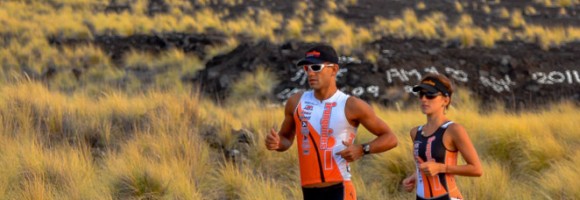

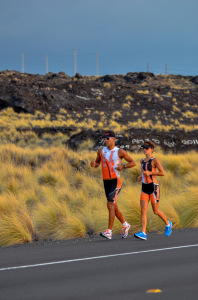
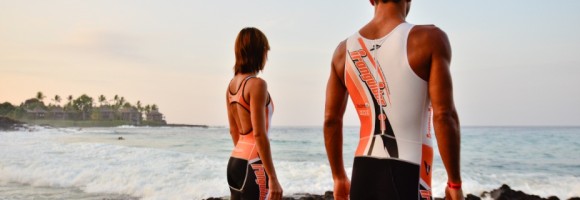

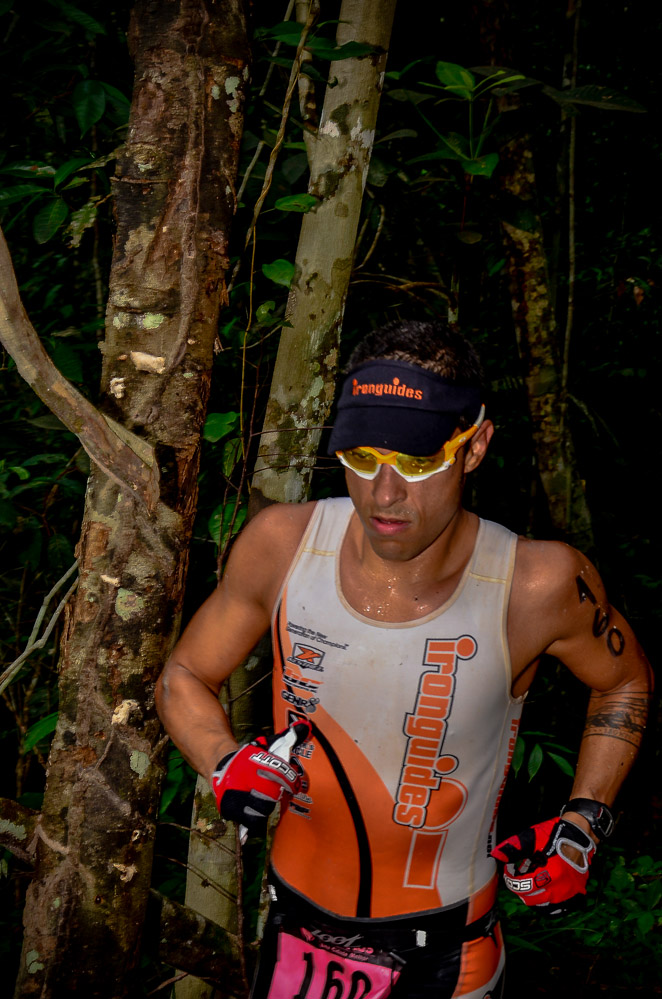
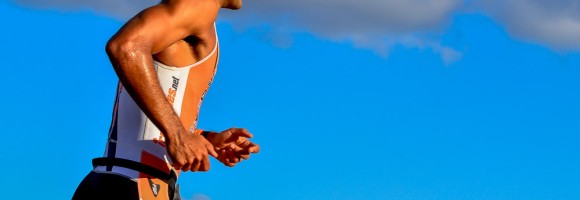
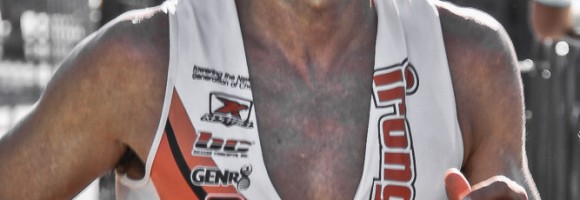
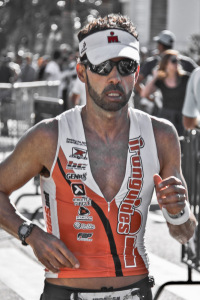


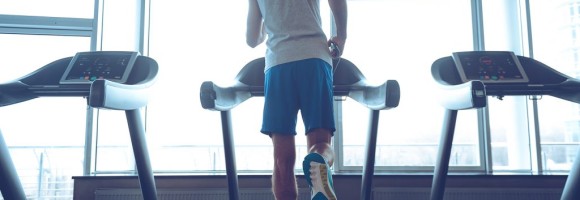
Recent Comments